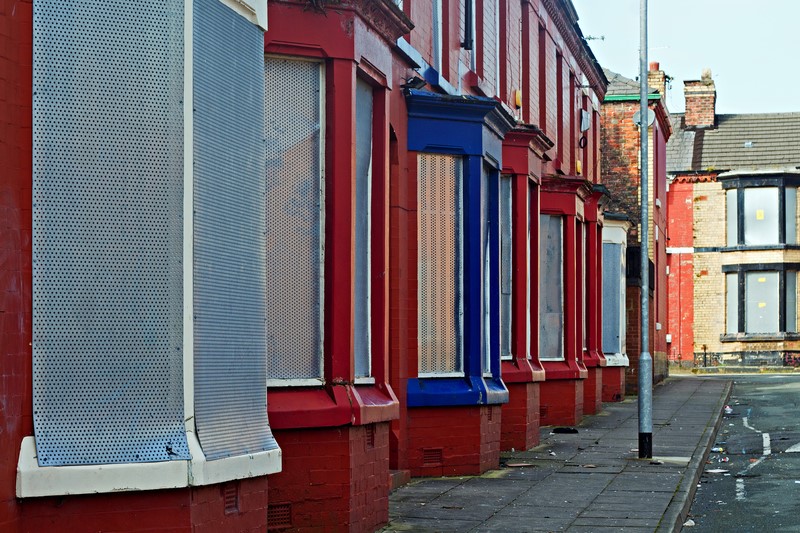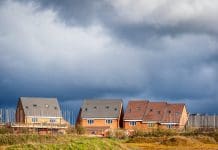The campaigning charity Empty Homes has called for Government action as the number of long-term empty homes recorded in official data rose in 2017 for the first time since 2008
The latest Government data analysed by Empty Homes highlights that English local authorities recorded over 205,000 homes long-term (more than six months) empty in their latest council tax base reports to Government – over 5,000 more than a year earlier. This 2.6% rise is the first increase since 2008, though the proportion of England’s homes long-term empty is broadly stable at around 0.85%.
The charity is calling on Government to put tackling empty homes higher on its agenda to reverse the increase and ensure better use is made of long-term empty homes to meet housing needs.
Empty Homes’ research shows that 70% (37 out of 53) of the areas with the highest proportion of homes long-term empty are in the North of England.
Commenting on the findings, Empty Homes director Helen Williams said: “With Government data showing the number of long-term empty homes creeping back up for the first time since 2008, it is time for empty homes to move back up the housing policy agenda. Building new homes is essential, but so too is making the most of our existing properties.
“We are urging the Government to establish funding for neighbourhood improvement schemes in lower value areas to support local authorities and community organisations to buy and refurbish empty properties, and to tackle the underlying causes like poor housing in parts of the private rented sector. This would make a big difference to the people living there and provide an attractive option for people searching for decent housing at a price they can afford in the wider housing market.
“At the same time, there is enough evidence to suggest that Government needs to explore additional measures to stop people buying and holding onto properties not to live in but to store and grow their wealth. Measures could include further reforms to the council tax system to enable councils to charge a lot more where properties are left empty or hardly ever used, or regulation or planning reforms to ensure properties are built and occupied first and foremost to meet housing needs.”














